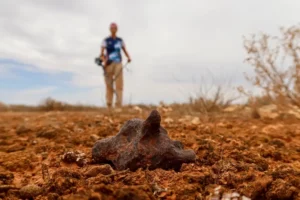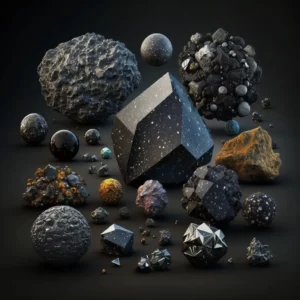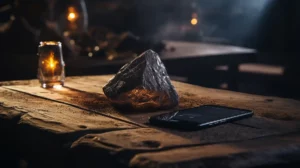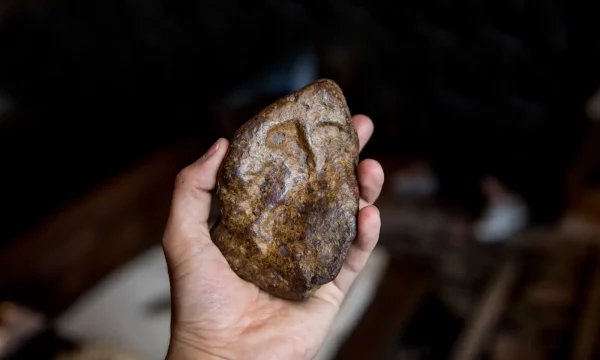
How to Get Your Meteorite Tested by a Laboratory
Last Updated: September 22, 2023
Imagine stumbling upon an unusual-looking rock in your backyard or during a walk in nature, one that looks like it’s not of this world. Your curiosity peaks, questions flood your mind, a meteor shower occured not long ago and the thought occurs: Could this be a meteorite—a relic from space?
The possibility is both thrilling and bewildering. Yet, how do you confirm this astronomical find? You can’t exactly ask the stars for a certificate of authenticity. The answer lies in scientific validation, a process that can turn your curious find into a verifiable piece of the universe.
From understanding the initial indicators that differentiate a meteorite from a mere Earth rock to the nitty-gritty of working with specialized labs, my article will walk you through every step.
Because let’s face it: if you’re holding a genuine meteorite, you’re not just a discoverer—you’re a cosmic archaeologist, and it’s time to validate your find.
First, do some home testing
Before you rush off to the nearest laboratory with your celestial-to-be find, it’s essential to conduct some preliminary tests in the comfort of your own home.
Think of it as the audition before the big show, a series of simple yet revealing experiments that can help you ascertain whether your rock is a candidate for stardom—or just an earthly imposter.
The last thing you want to do is waste yours and the laboratory’s time, so take the time to do the following tests:
Visual Inspection
- Magnetic Test: Most meteorites contain iron-nickel metal and will stick to a strong magnet. If your specimen doesn’t react to a magnet, it’s less likely to be a meteorite.
- Color: Meteorites are often darker than typical rocks, usually black or brown.
- Surface Features: Meteorites often have a “fusion crust,” a thin, glassy layer formed when their outer surface melted while passing through Earth’s atmosphere.
- Interior: If a part of the specimen is broken off, the interior should be metallic or contain bright, metallic flecks.
- Shape: Meteorites are usually rounded or partially rounded due to their high-speed entry into the Earth’s atmosphere, which ablates (melts and removes) material from the surface.
Density Test
Meteorites are usually denser than common Earth rocks. You can calculate the density by measuring the mass and volume of the specimen. The formula for density is:
Density=Mass/Volume
Streak Test
Rub the specimen across a piece of unglazed porcelain. Most meteorites will not leave a streak, while many Earth rocks will.
If your wannab meteorite passes all of this testm the chance that this rock is really fron space are now very high. You can go ahead and confidentlty reach out to a laboratory for further testing.
More Information: How To Identify A Potential Meteorite (DIY)
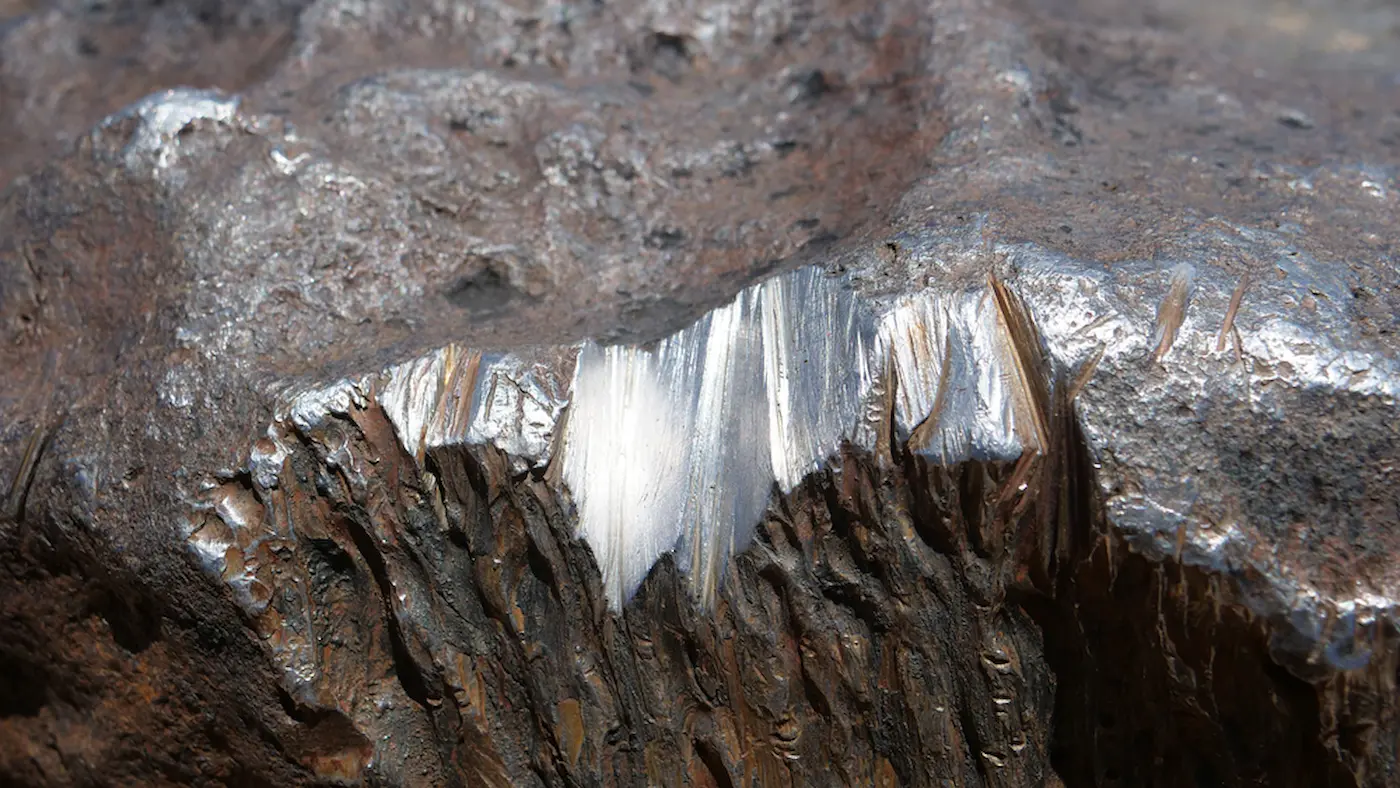
How to find a meteorite laboratory near you
So you’ve piqued your curiosity with some DIY meteorite testing, and now you’re ready to take it to the next level. But where exactly do you find a reputable meteorite laboratory? The process might seem daunting, but rest assured, it’s simpler than you think.
Google Search
The simplest way to start is to use Google or another search engine. Search for terms like “meteorite laboratory near me”, “meteorite analysis lab”, or “space rock laboratory”.
University Websites
Many meteorite laboratories are affiliated with universities. Check the websites of nearby universities for any geology, astronomy, or planetary science departments that might have a meteorite lab.
Scientific Journals and Publications
Look for papers or articles that mention meteorite research. The authors’ affiliations may lead you to nearby labs.
Online Directories
There are online directories for scientific laboratories that you can search through to find a lab that specializes in meteorite analysis.
Contact Professors or Researchers
If you’re aware of any professors or researchers in relevant fields like geology or planetary sciences, they might be able to direct you to a nearby lab.
Online Forums and Social Media
Websites like Reddit, or specific forums related to meteorites, geology, or astronomy, often have community members who can point you in the right direction.
Local Astronomy Clubs
If you’re part of an astronomy club or know one nearby, they might be aware of local meteorite labs.
Natural History Museums
These often have meteorite collections and may either have an in-house lab or be affiliated with one.
Planetariums
Staff at planetariums are often knowledgeable about local scientific resources and may be able to guide you to a nearby lab.
Lastly, note that not every laboratory will have the equipment or expertise to test meteorirte samples. Only Laboratories specializing in geochemistry and mineralogy can conduct the variety of tests needed to provide concrete evidence about the rock’s origin. Check out their website thoroughly before making contact with them.
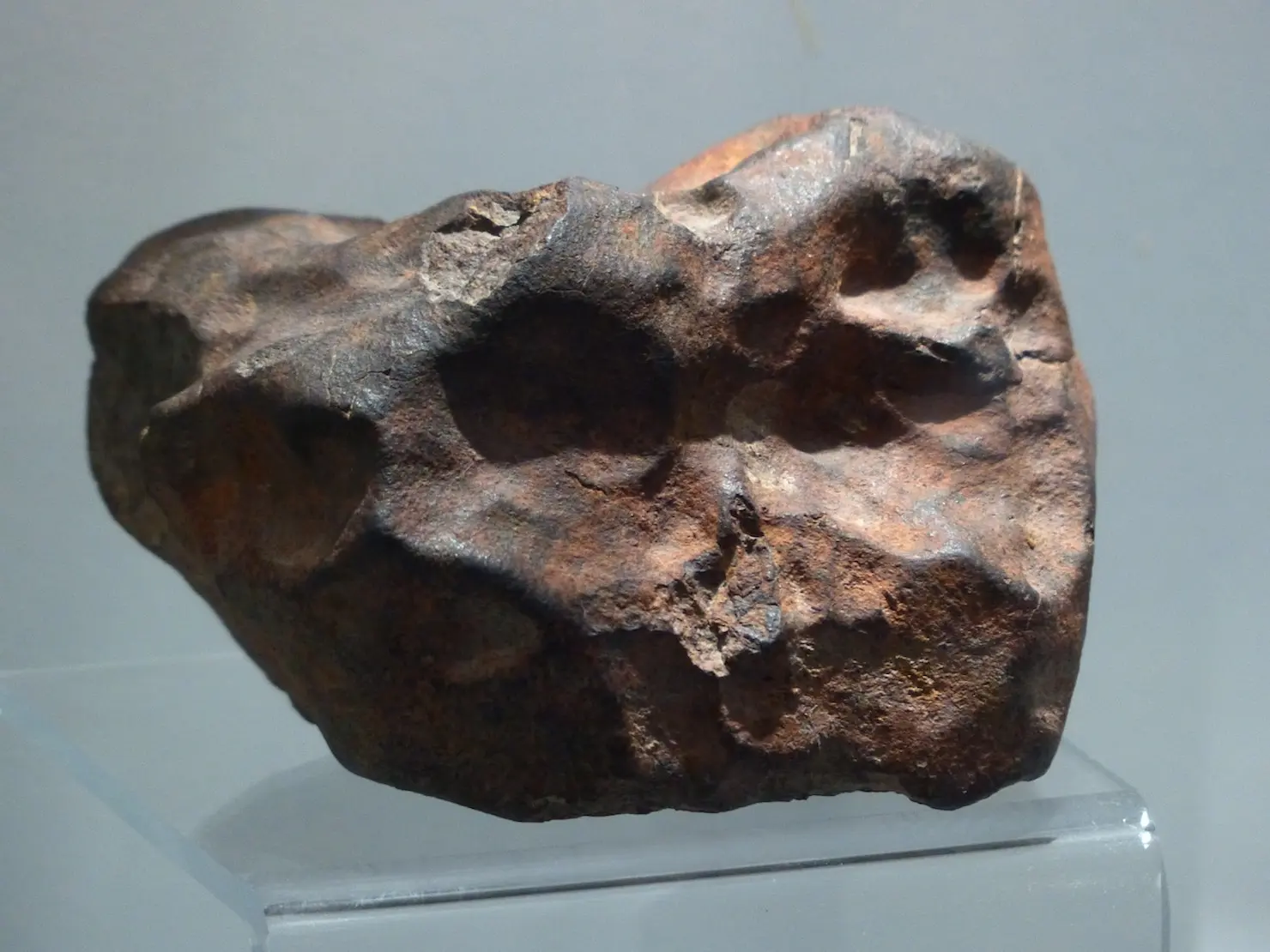
Reaching out to the meteorite laboratory
So, your specimen has passed your rigorous home testing, you’ve found a few potential meteorite laboratory in your state and you’re now teeming with excitement and questions.
What’s next? Well, It’s time to make that pivotal move from amateur cosmic detective to collaborating with the experts—by reaching out to the laboratory team. But don’t just drop your celestial find in the mail and hope for the best.
Contact the lab via email or phone to discuss your specimen and the results of your preliminary tests. They may ask for photographs or even a small sample to perform an initial assessment. This initial communication serves as an invaluable bridge, ensuring that both you and the laboratory are on the same page.
The laboratory will guide you through the submission process, and soon enough, your once-mysterious rock will be under the scrutiny of high-powered microscopes and spectral analyses.
Here is an email example you can use:
Dear [Lab Director’s Name or Team],
I hope this email finds you well. My name is [Your Name], and I recently discovered a rock specimen that I believe could be a meteorite. I am very interested in having it professionally analyzed to confirm its origin and would like to inquire about the possibility of sending it to your lab for testing.
I found the specimen in [Location] on [Date]. Based on preliminary tests and observations, it exhibits several characteristics commonly found in meteorites:
- Magnetic properties: The specimen is attracted to a magnet.
- Color and Surface: It has a dark, possibly fusion-crusted exterior.
- Density: The density of the specimen seems to be higher than that of typical Earth rocks.
- Shape: It is partially rounded, suggesting aerodynamic shaping.
Please let me know the following:
- What is the procedure for sending a specimen to your lab for analysis?
- What is the approximate cost and time frame for the tests?
- Are there any specific requirements for packaging and shipping the specimen?
I am excited about the possibility that this could be a meteorite and am very keen to have it verified by professionals in the field. I have attached a few photographs of the specimen for your preliminary evaluation.
Thank you for your time and consideration. I look forward to hearing from you soon.
Best regards,
[Your Name] [Your Contact Information]
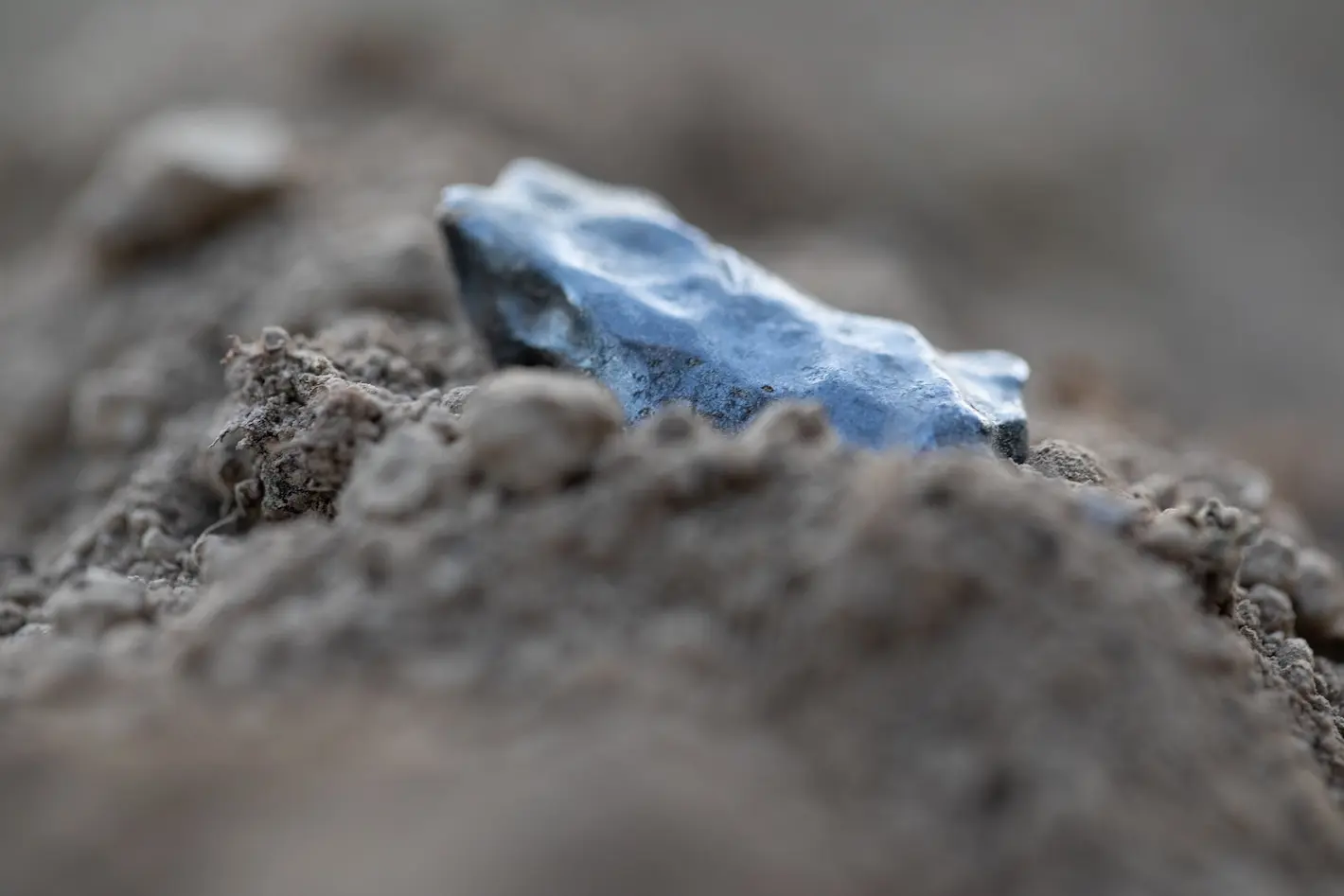
Sending your specimen
Packaging and shipping your sample properly is imperative to ensure its integrity and the accuracy of test results. First, consult the laboratory’s guidelines for sample submission, which often include specific instructions on how to package the specimen and what accompanying documentation is required.
Choose a reliable courier service that offers tracking, and ensure that you’ve addressed the package accurately to the lab’s submission department.
Steps for Packaging
- Initial Sealing: Place the potential meteorite sample in a sterile zip-lock bag or a sterile container with an airtight lid. If you’re using a bag, try to remove as much air as possible before sealing it.
- Labeling: Use a permanent marker to label the bag or container with relevant details like the date of discovery, location, and your initials.
- Optional: If the sample is damp or you’re concerned about moisture, consider adding a desiccant packet into the bag or container.
- Secondary Packaging: Wrap the sealed bag or container in bubble wrap or foam padding. Make sure it’s wrapped tightly enough to prevent movement but not so tight as to risk damaging the sample.
- Boxing: Place the wrapped sample into a sturdy cardboard box. If there’s extra space in the box, fill it with additional bubble wrap, foam, or crumpled paper to prevent the sample from moving during transit.
- Documentation: Include any forms, letters, or additional information that the laboratory has requested or that you think would be useful. Make sure to also include your contact details.
- Seal the Box: Close the cardboard box and seal it securely with packing tape. Make sure the box is sealed on all edges and openings to prevent it from accidentally opening during shipping.
- Label the Box: Clearly write the laboratory’s address and your return address on the box. If the laboratory has provided any specific instructions for labeling the package, make sure to follow them.
- Final Check: Before sending, give the package a gentle shake to make sure nothing is moving inside. If you hear or feel movement, open it back up and add more padding.
It’s also advisable to get in touch with the laboratory in advance to notify them of the incoming specimen and to confirm receipt upon arrival.
What will the laboratory test the specimen for?
When evaluating a sample’s potential as a stony meteorite, laboratories typically look for the following major rock-forming elements:
- Sodium Oxide (Na2O)
- Magnesium Oxide (MgO)
- Aluminum Oxide (Al2O3)
- Silicon Dioxide (SiO2)
- Potassium Oxide (K2O)
- Calcium Oxide (CaO)
- Titanium Dioxide (TiO2)
- Chromium Oxide (Cr2O3) or Chromium (Cr)
- Manganese Oxide (MnO)
- Iron(III) Oxide (Fe2O3)
They can do so by using two testing techniques:
Inductively Coupled Plasma Mass Spectrometry (ICP-MS)
ICP-MS is a widely-used method for the rapid and accurate determination of a rock’s elemental composition. It involves dissolving a sample in acid before the analysis.
Wavelength Dispersive X-ray Fluorescence (WD XRF)
WD XRF is another highly accurate method. It provides a ‘whole-rock‘ analysis, making it particularly useful for meteorite identification. However, it’s generally more expensive and less accessible than ICP-MS.
Additional tests
In addition to the major elements, trace elements like Nickel (Ni) and Cobalt (Co) are also analyzed. These elements can be crucial in distinguishing meteorites from terrestrial rocks.
The sum of Iron Oxide and Magnesium Oxide is a key indicator that is often plotted against other elemental concentrations for comparison. In Earth rocks, much of the iron occurs as ferric iron, whereas in freshly fallen meteorites, it is usually ferrous iron or metallic iron.
Certain chemical ratios are also scrutinized. For example, the ratio of Calcium Oxide to Aluminum Oxide varies significantly in terrestrial rocks but shows little variation in most meteorites. Similarly, the ratio of Magnesium to Iron can be a useful parameter.
Sodium and Potassium are alkali elements that usually occur in low concentrations in meteorites compared to terrestrial rocks. A rock with more than 2% Sodium Oxide or 0.6% Potassium Oxide is likely not a meteorite.
Chromium concentrations are generally high in meteorites (typically between 1000-8000 ppm), distinguishing them from Earth rocks, which usually have less than 500 ppm.
Concentrations of Nickel in chondritic meteorites are often between 10,000-16,000 ppm (1.0-1.6%). It’s an essential element for identifying this type of meteorite.
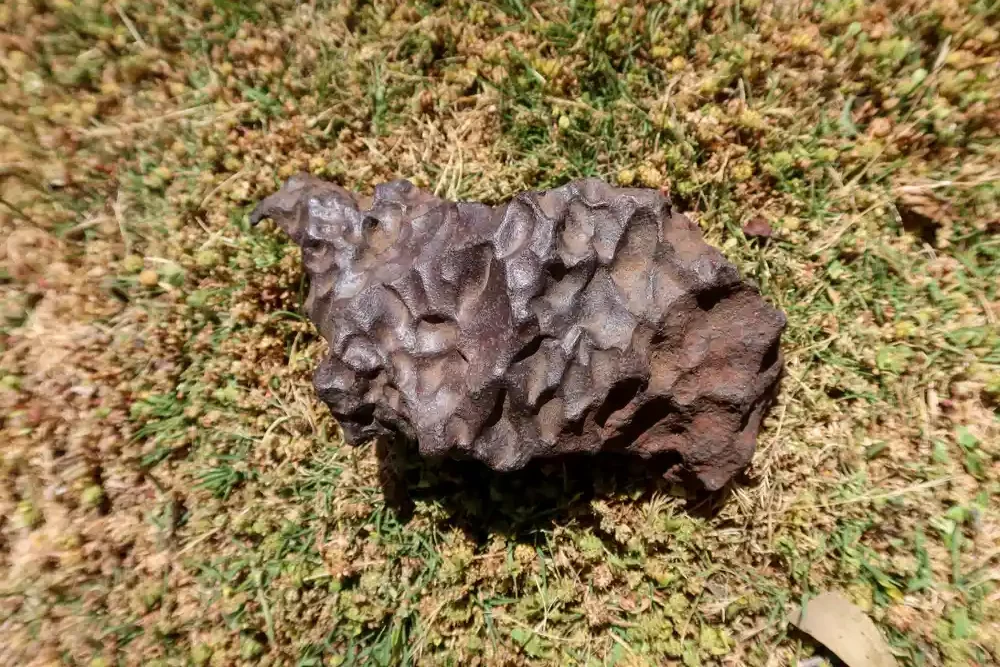
The lab confirms you’ve got a genuine meteorite, what’s next?
You’ve just confirmed that you have a genuine meteorite, and suddenly, you’re at a crossroads of opportunity. On one hand, you have the option to contribute to the annals of science by donating this celestial find to a reputable museum or university. Here, it could unlock new insights into planetary formation or elemental composition.
On the financial side, the meteorite could be a goldmine, especially if yours originates from the Moon or Mars. Specialized auctions have been known to turn such rarities into significant cash assets. It can also serve educational purposes, either as a teaching resource or the focus of public talks. For personal enjoyment, you can display it at home or gift it.
Make sure you’re aware of the legal status of your meteorite. Laws about meteorite ownership can vary by jurisdiction. In some places, meteorites may be considered the property of the landowner where they are found, or they may be subject to laws governing mineral rights. If you’re considering selling it internationally, be aware of export and import laws related to geological specimens.
Keep all documentation related to the meteorite, including where and when it was found, the lab analysis reports, and any appraisals. This will be important for both scientific and legal reasons.

I’ve been fascinated by space and astronomy from a very young age. When I’m not watching space-themed documentaries, movies or TV series, I spend most of my free time in my backyard admiring the planets and galaxies with my telescope.
Learn more about meteorites ☄️
This page is part of our collection of astronomy articles. If you enjoyed the read, then you’ll love the following articles.

